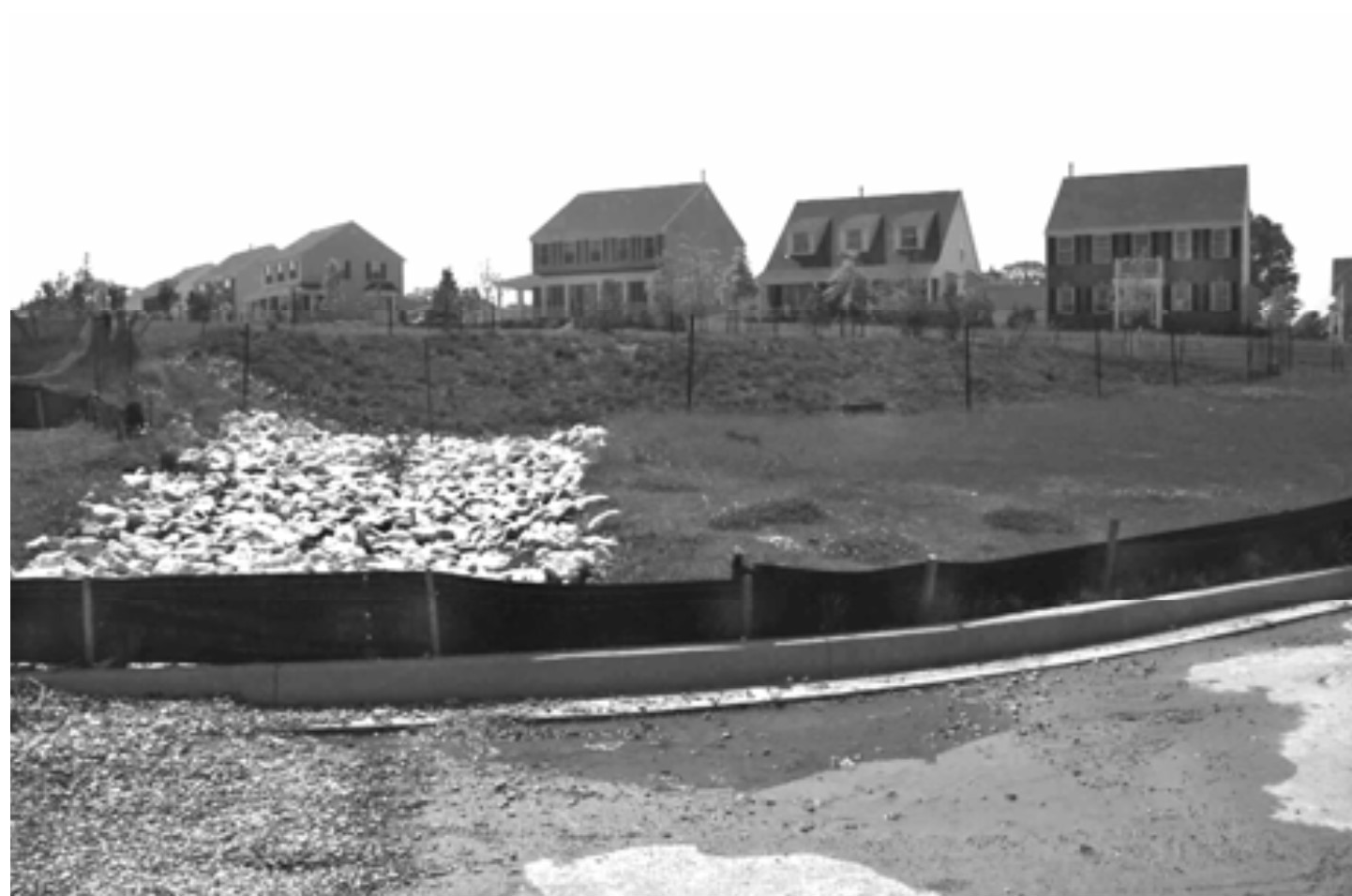Background
Changes in landscape, land cover, stormwater management practices and land uses result in varying changes to the quality and quantity of stormwater runoff. These changes may have positive or negative impacts on water quality, depending on the
nature and combination of the changes. In general, changes that increase impervious surface coverage and diminish vegetative cover, particularly tree cover, are negative in that they alter hydrology in ways that result in increased surface runoff, decreased infiltration and alterations to stream profiles.
 Urban and suburban development profoundly affects the quality of Maryland’s waters and introduces a range of pollutants into runoff. Surface runoff accumulates trash, oil, fertilizers and pesticides from lawns, deposited air pollutants, sediment from poorly stabilized areas and other pollutants. During storm events, these pollutants quickly wash off and are rapidly delivered to downstream waters. Good and well-maintained management practices can, to varying degrees, help reduce pollutant discharges to water bodies.
Urban and suburban development profoundly affects the quality of Maryland’s waters and introduces a range of pollutants into runoff. Surface runoff accumulates trash, oil, fertilizers and pesticides from lawns, deposited air pollutants, sediment from poorly stabilized areas and other pollutants. During storm events, these pollutants quickly wash off and are rapidly delivered to downstream waters. Good and well-maintained management practices can, to varying degrees, help reduce pollutant discharges to water bodies.
Agriculture has its own profile of nonpoint pollution, which varies depending on the nature of the agriculture and management practices in a jurisdiction. Good agricultural management practices can help reduce soil erosion, animal waste and other pollutant discharges to water bodies.